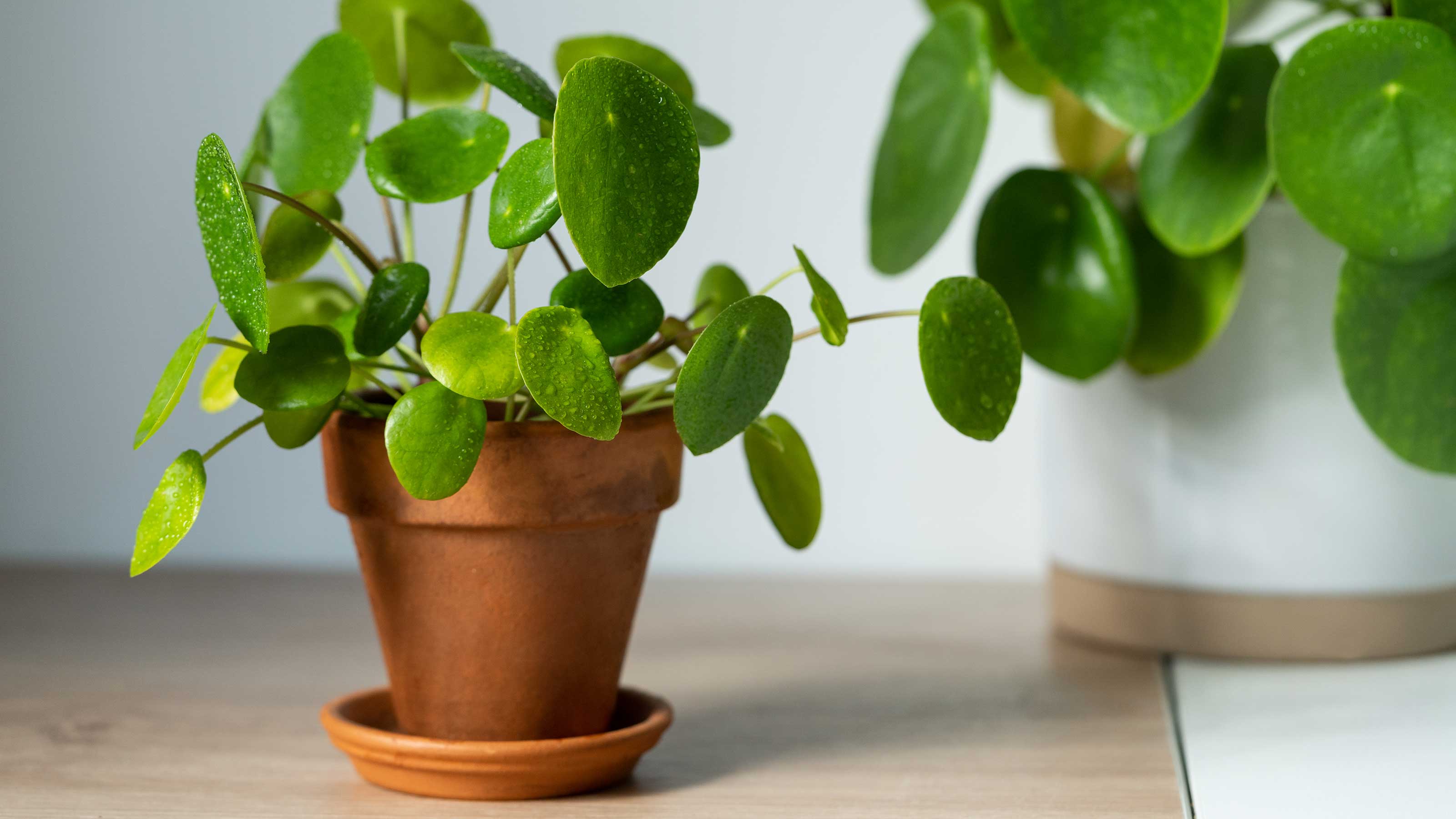
- 1. Use a suitable potting soil
- 2. Avoid watering your Chinese money plant too often
- 3. Don't give it too much sunshine
- 4. Keep the surrounding temperature stable
- 5. Mist your Chinese money plant to give it a boost
- 6. Prune your plant if needed
- 7. Repot your plant as it grows
- 8. Consider adding fertilizer
- FAQs

Learning how to care for a Chinese money plant, otherwise known as Pilea peperomiodes, isn't difficult. In fact, one of the best things about these pretty houseplants is how low maintenance they are. This makes them a perfect choice for new plant parents. Plus, their compact size means they're ideal for smaller spaces.
Although Chinese money plants are undemanding, our experts reveal there are a few things to remember to help them truly thrive. These include using the best type of soil, watering correctly, and moving them to a new pot when the time is right.
In our guide, you'll find all the essential advice for keeping your Chinese money plant looking its best, according to houseplant experts. Follow these tips and you'll be rewarded with a green and glossy indoor plant that may fast become your favorite.

How to care for a Chinese money plant, according to the experts
Whether you have just a few indoor pots or are embracing serious jungle vibes, learning everything you need to know about caring for houseplants properly is important to prevent them from drooping, discoloring, and dying.
1. Use a suitable potting soil
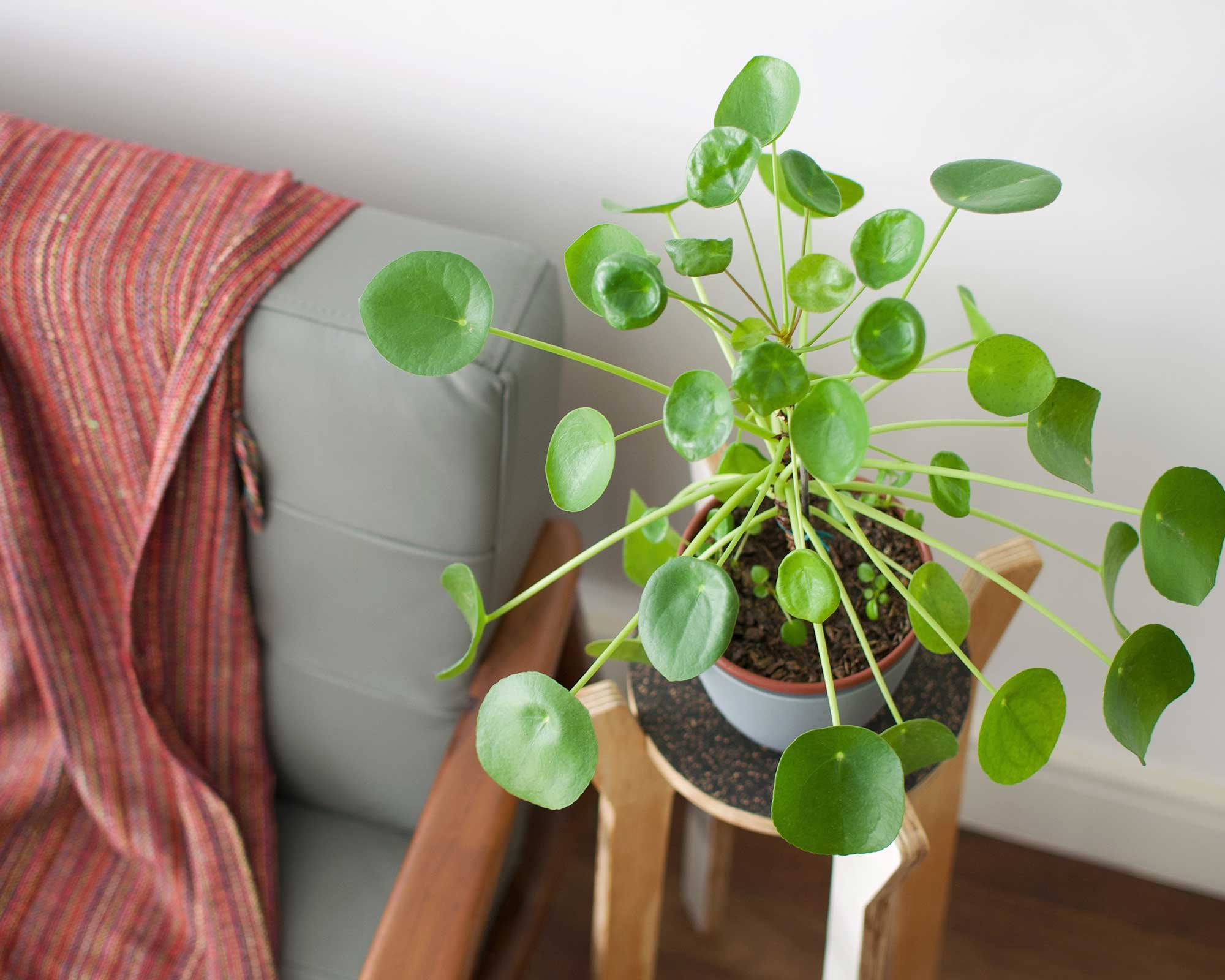
The first step when looking after your Chinese money plant is to make sure it's in the right type of growing medium.
Julia Omelchenko, a resident botany expert at Plantum, says, "Use a fertile, loose, and well-draining potting mix to plant your pilea."
She suggests adding coarse sand and perlite to the mix to improve drainage. "This way, the root system will be properly aerated, which is crucial for keeping it healthy and disease-free."
Organic perlite is available to shop at Perfect Plants Nursery, while coarse sand can be found at Amazon. This indoor plant soil, also from Perfect Plants Nursery, makes a good base.

Julia Omelchenko has four years of experience consulting on botany-related topics for Plantum, an app that helps users identify plant species, diagnose their conditions, and get specific care advice.
2. Avoid watering your Chinese money plant too often
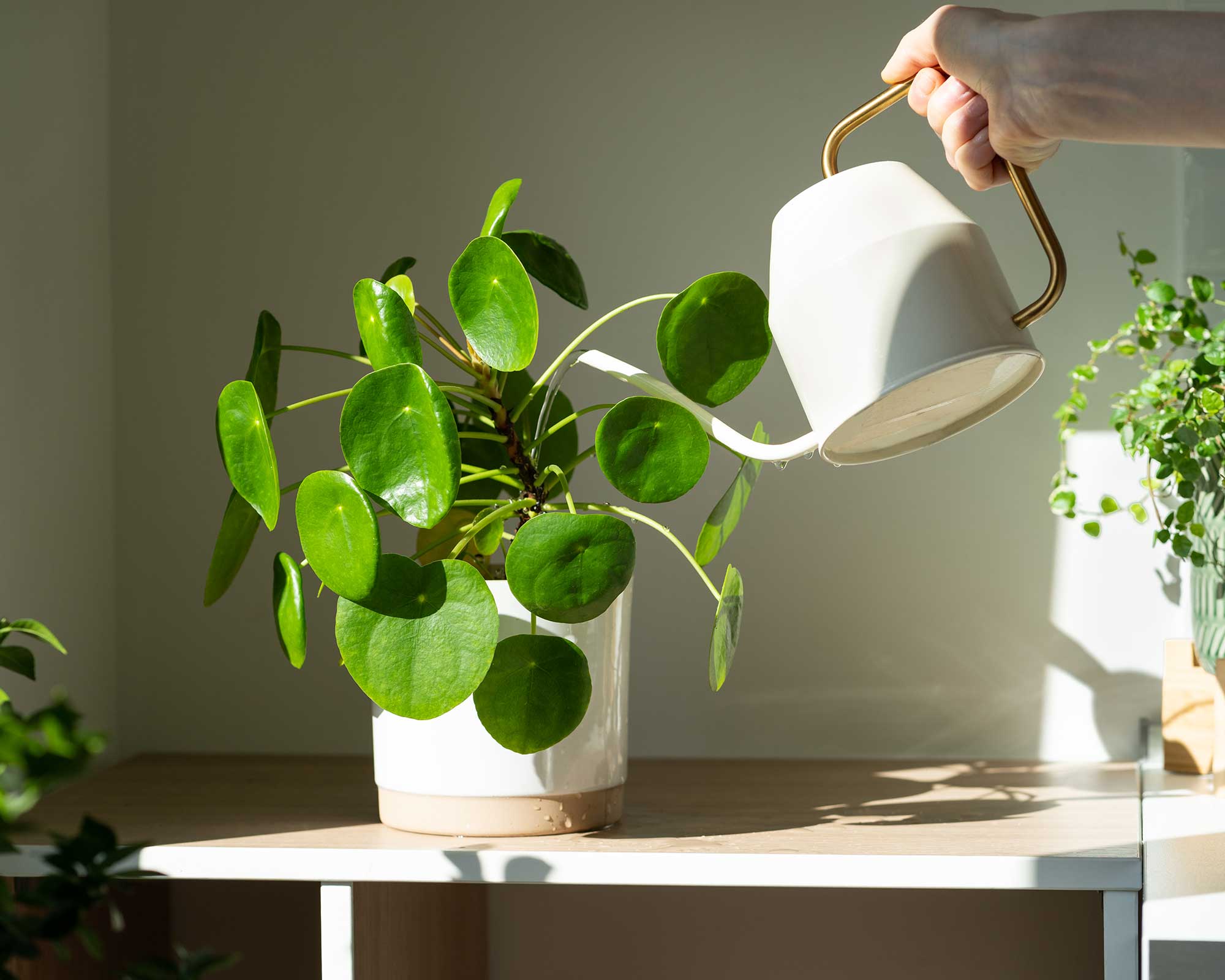
To avoid killing your houseplants, watering them correctly is essential.
With Chinese money plants, allow the soil to dry out slightly between waterings. Kiersten Rankel, an expert from Greg, a houseplant-care app, says, "When the top of the soil is dry down to about your first knuckle, they’re ready for some water."

Kiersten Rankel is a certified Louisiana Master Naturalist and regularly volunteers with local community gardens and nonprofits to help restore critical ecosystems along the Gulf Coast. In her spare time, she enjoys hiking and tending to her 150+ houseplants and vegetable garden.
Julia says, "When watering, soak the soil thoroughly and evenly so that water drains out into the saucer." Empty the excess water from the saucer afterward.
"You can also bottom-water Pilea by placing its pot into a container filled with water for about 20 to 30 minutes," Julia continues. "The soil will take up all the water it needs, after which you can return the plant to its original spot."
Their watering needs will vary throughout the year. Autumn Hilliard-Knapp, an expert from Perfect Plants Nursery, says, "Adjust the watering schedule according to the seasons, watering more frequently during spring and summer and reducing watering during the winter, when the plant is not actively growing."

Autumn is a horticulture specialist and marketing professional at Perfect Plants Nursery. With four years of experience in the horticulture industry, she has developed a passion for helping people create beautiful indoor and outdoor spaces to enjoy. Her expertise in horticulture encompasses a broad range of activities, including plant care and selection, landscape design, and maintenance.
3. Don't give it too much sunshine
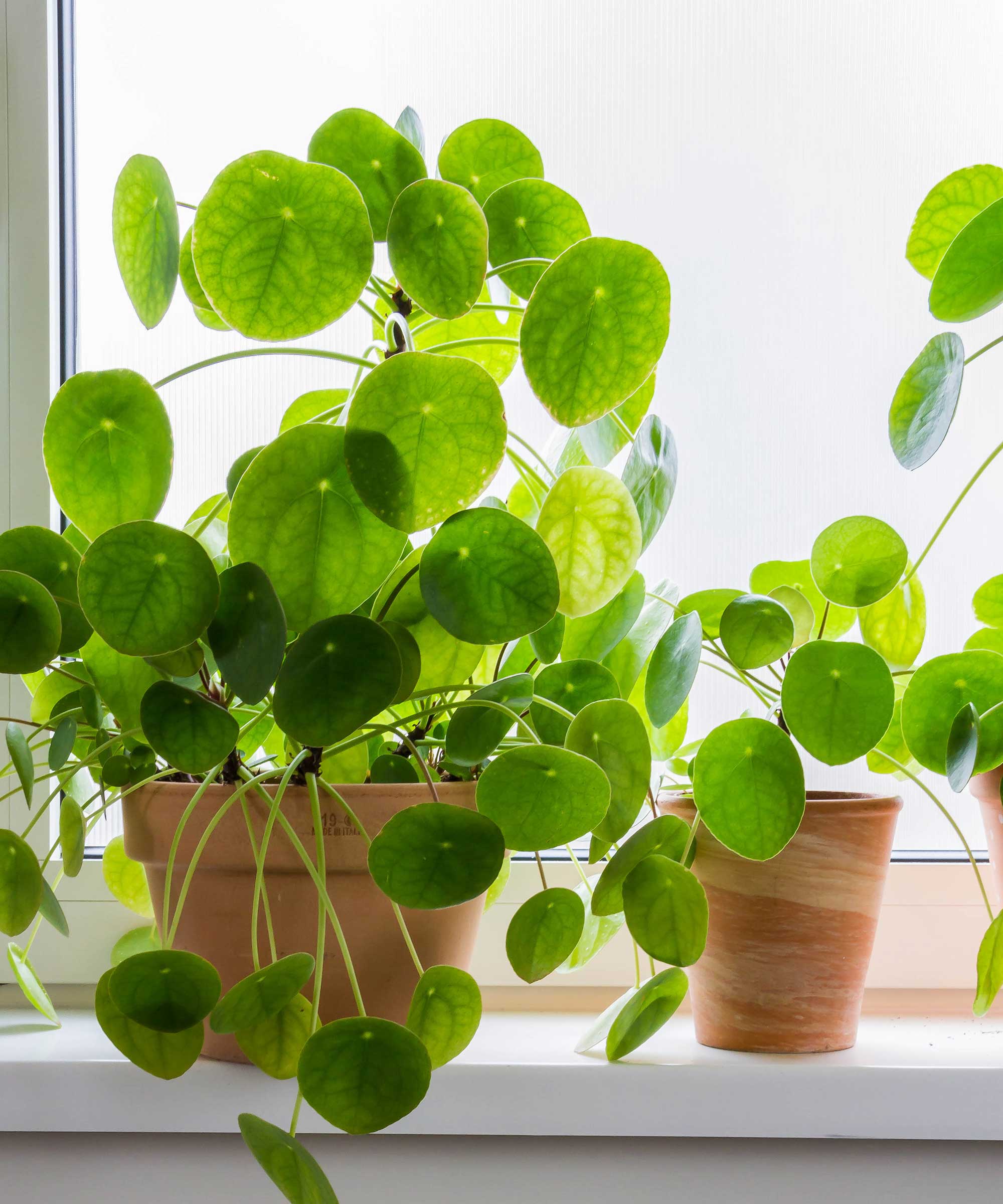
As with most houseplants, Chinese money plants prefer bright but indirect light. However, Laurelynn G. Martin and Byron E. Martin of Logee's Greenhouses note how they can also tolerate low light with ease. "They can be grown in a north, east, or west window, or even pulled back into the interior of a room."
Too much sun can cause the foliage to turn light in color, they add.
Chinese money plants will grow toward a light source, so remember to rotate your plant regularly to keep its shape balanced.

Laurelynn G. Martin and Byron E. Martin are the authors of Edible Houseplants and co-owners of Logee’s Greenhouses in Danielson, Connecticut, a business that has been in the Logee-Martin family since 1892. They are nationally recognized experts in growing tropical container plants.
4. Keep the surrounding temperature stable

In terms of temperature, Julia says the optimal growing range for Chinese money plants is 68–77° Fahrenheit. They can withstand short drops in temperature, she says, but make sure to never expose them to conditions below 50°F.
Protect the plants from cold drafts whenever possible, Julia adds. Keeping them away from central heating and air conditioning is also advised. And, if you don't have a legible thermostat, this Bluetooth room thermometer from Amazon is a clever tool to keep an eye on temperature and humidity levels.
5. Mist your Chinese money plant to give it a boost

Chinese money plants are fine in average household humidity, Julia says. However, upping the levels slightly – to around 60% – can help them thrive.
You can do this by occasionally misting the plants with clean water. Misting can be particularly beneficial during hot, dry days, or in the depths of winter when central heating is likely to be switched on.
6. Prune your plant if needed
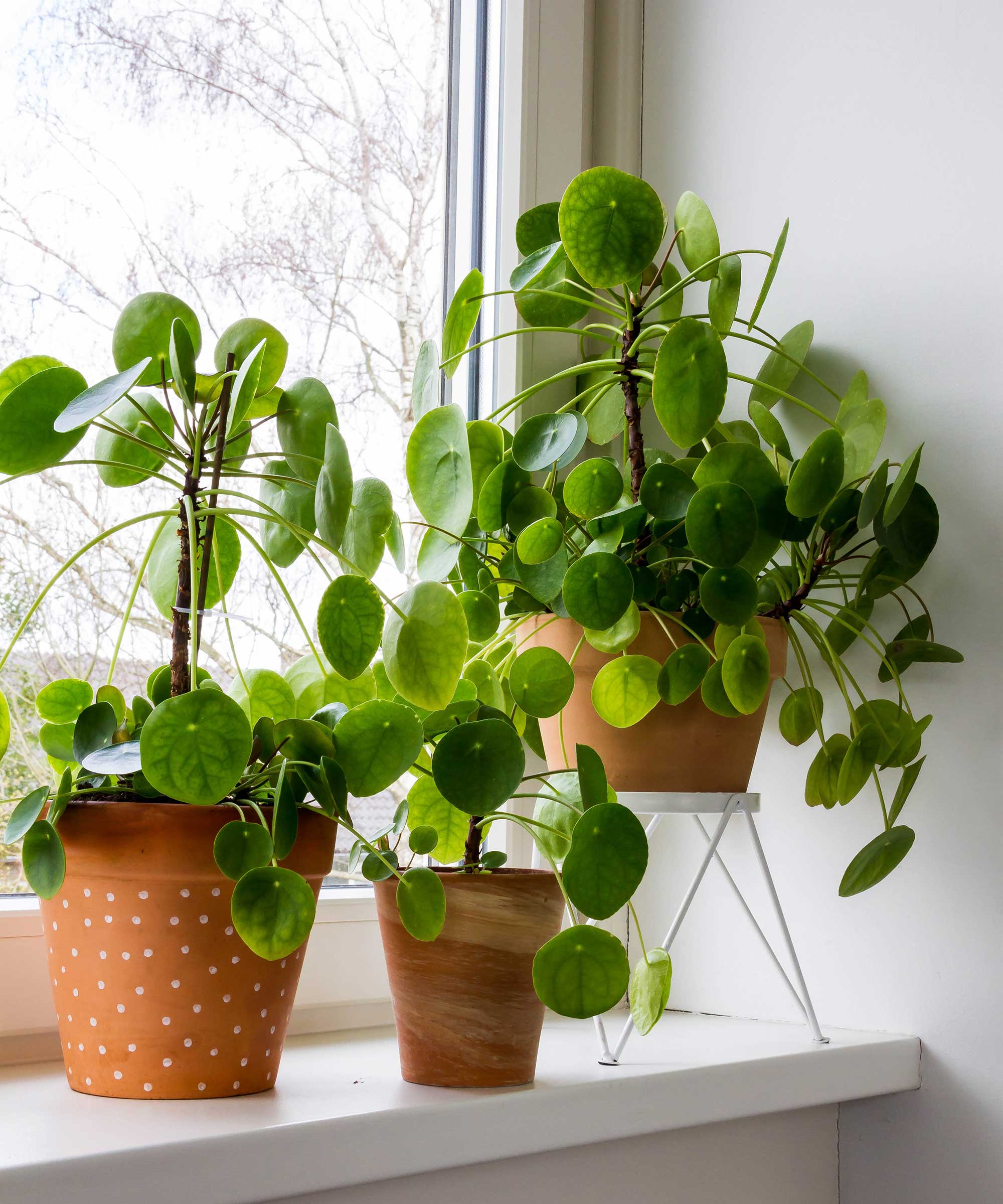
Chinese money plants are generally compact, making them great houseplants for small spaces. But, if yours starts to look a little leggy, you can give it a prune.
Simply cut back the main stem a little, just above a leaf node. This will encourage new, bushier growth. It's best to prune houseplants while they're actively growing (usually, in the warmer months), to help them recover quickly.
You may also wish to remove any discolored or dead leaves should they appear, to improve the appearance of your plant.
These Gonicc pruners, available from Amazon, are perfect for the job. Make sure they're clean and sharp, first, to prevent harming your plant.
7. Repot your plant as it grows
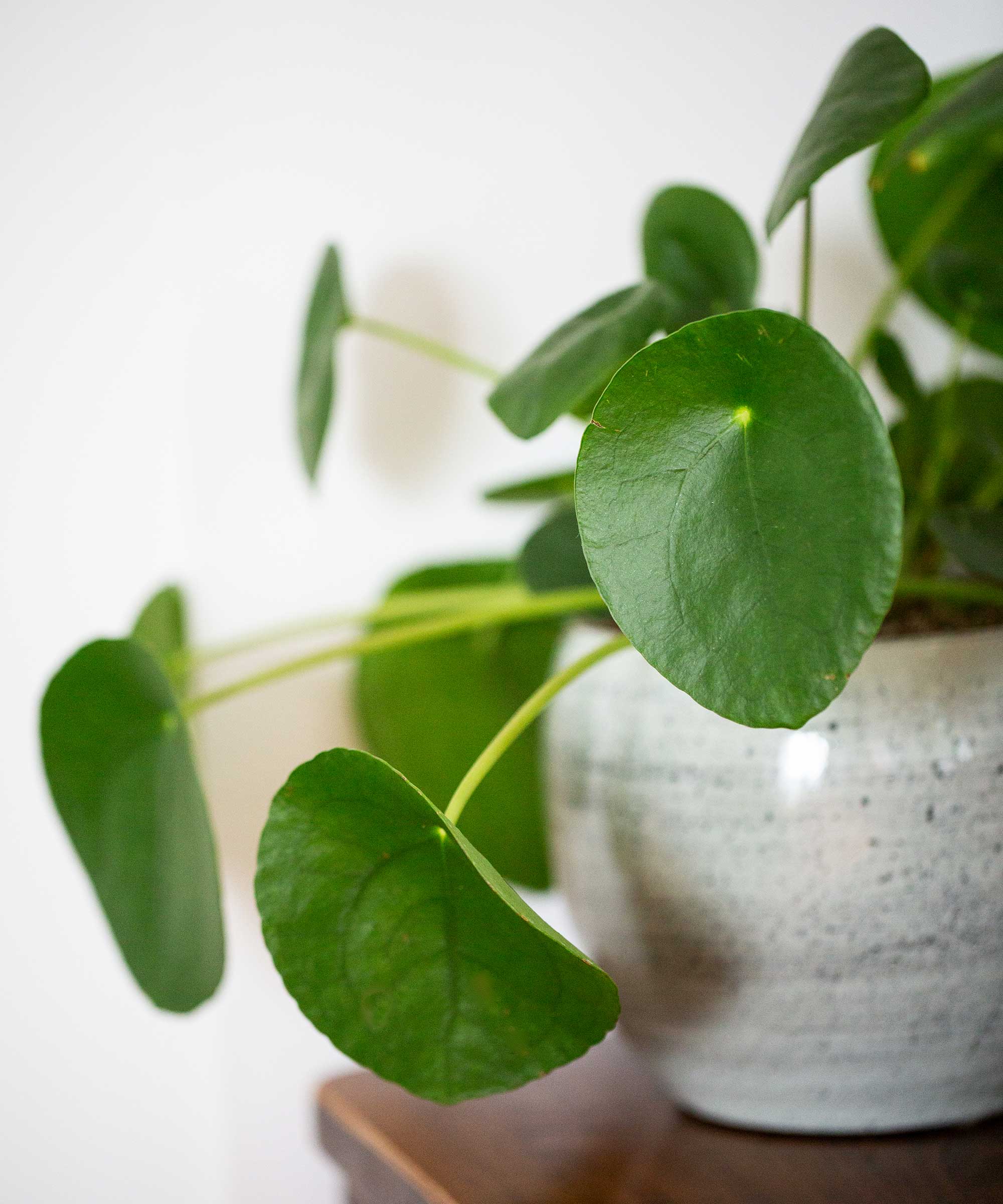
As houseplants grow, their roots can become congested by their pots. This makes it difficult for them to absorb the nutrients they need. To prevent this from happening, it's worth moving them to a slightly bigger container when necessary — and Chinese money plants are no exception.
Vladan Nikolic (Mr. Houseplant) recommends repotting your Chinese money plant as soon as you see the roots coming out of the drainage holes.
First, fill a new pot up to one-third with fresh, well-draining soil, Vladan instructs. Then, gently take the plant out of its original pot and remove the old soil around the roots as best as you can. You can cut off any rotten or soft roots, and loosen the root ball to allow them to grow and spread in the new pot, he adds.
Finally, put the plant in its new pot, fill in the gaps with soil, and water it thoroughly.
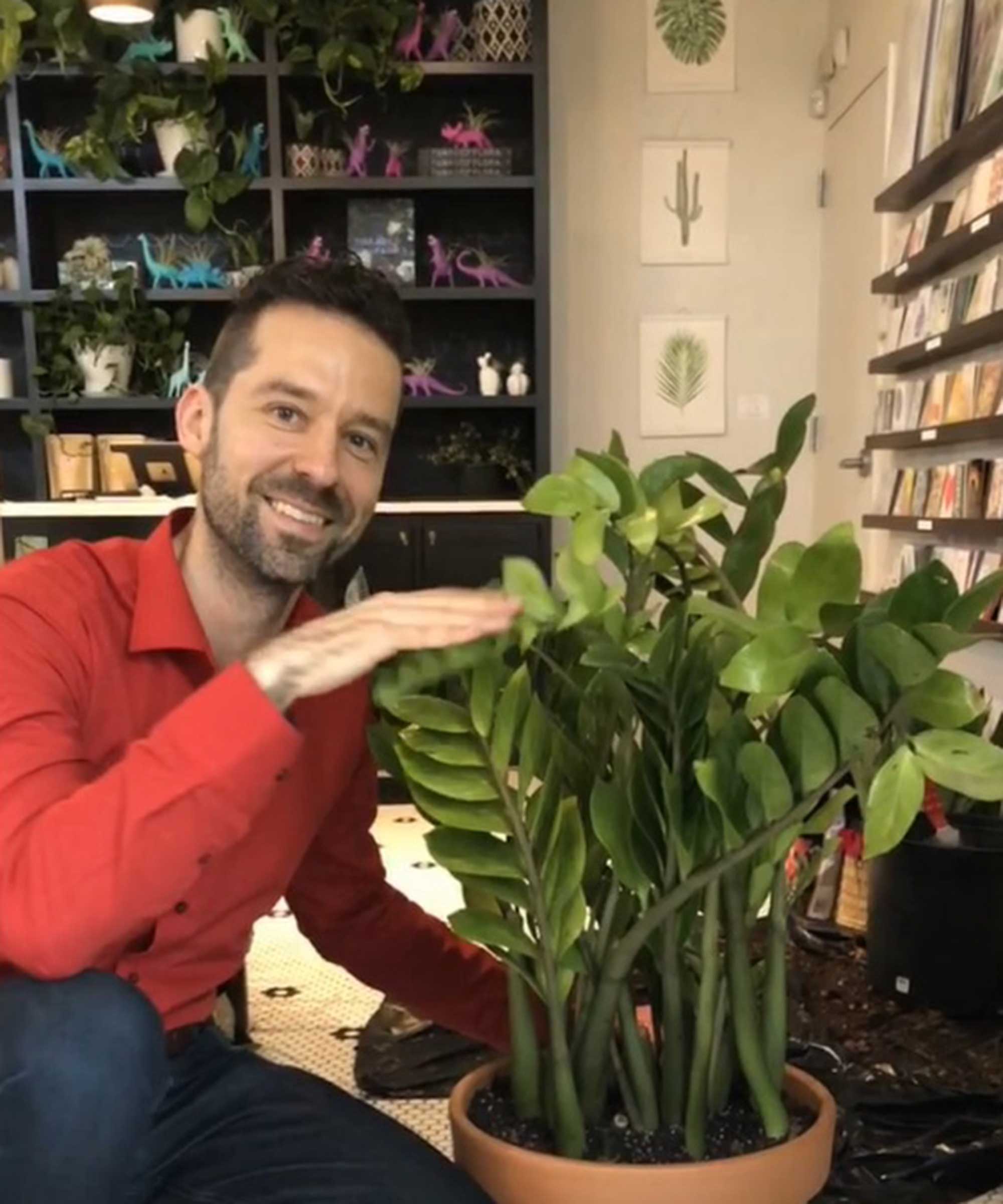
Vladan Nikolic, otherwise known as Mr. Houseplant, is a houseplant expert with over 10 years of experience. He is the founder of the houseplant care blog MrHouseplant.com and also an influencer who helps newcomers in the houseplant world become great plant parents. You can find him on Instagram, TikTok, YouTube, Facebook, Twitter and Pinterest.
Autumn recommends planting Chinese money plants in terracotta pots to aid drainage and help prevent root rot. In contrast to plastic pots, terracotta pots are porous and breathable. "Drainage holes are crucial – sitting in wet soil will cause their roots to die off," Kiersten adds.
8. Consider adding fertilizer

Vladan says, "If you repot your Chinese money plant once a year, there is no need to fertilize it, since fresh soil provides the plant with all the important nutrients. But if you want to, you can fertilize the plant when it’s actively growing.
"Follow the directions on the label to make sure you’re diluting and applying the fertilizer properly," he adds.
Autumn recommends using the liquid indoor plant food from Perfect Plants Nursery.
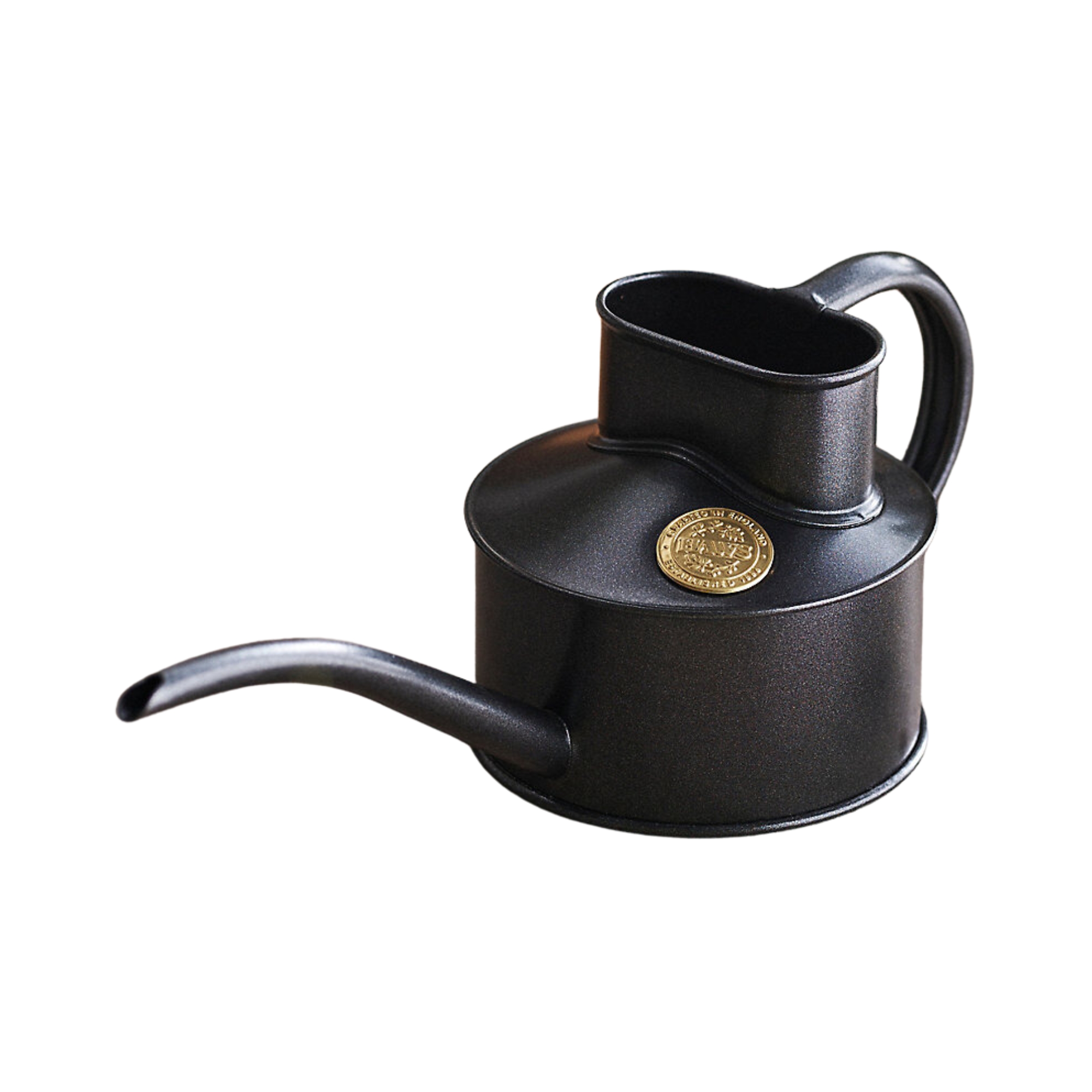
Water your Chinese money plant in style with this hand-crafted watering can, available in solid copper or powder-coated steel (in green or black).

This spritzer features a fluted glass body with a brass-colored pump to hydrate your Chinese money plant. It's chic enough to display it on a windowsill or a countertop.
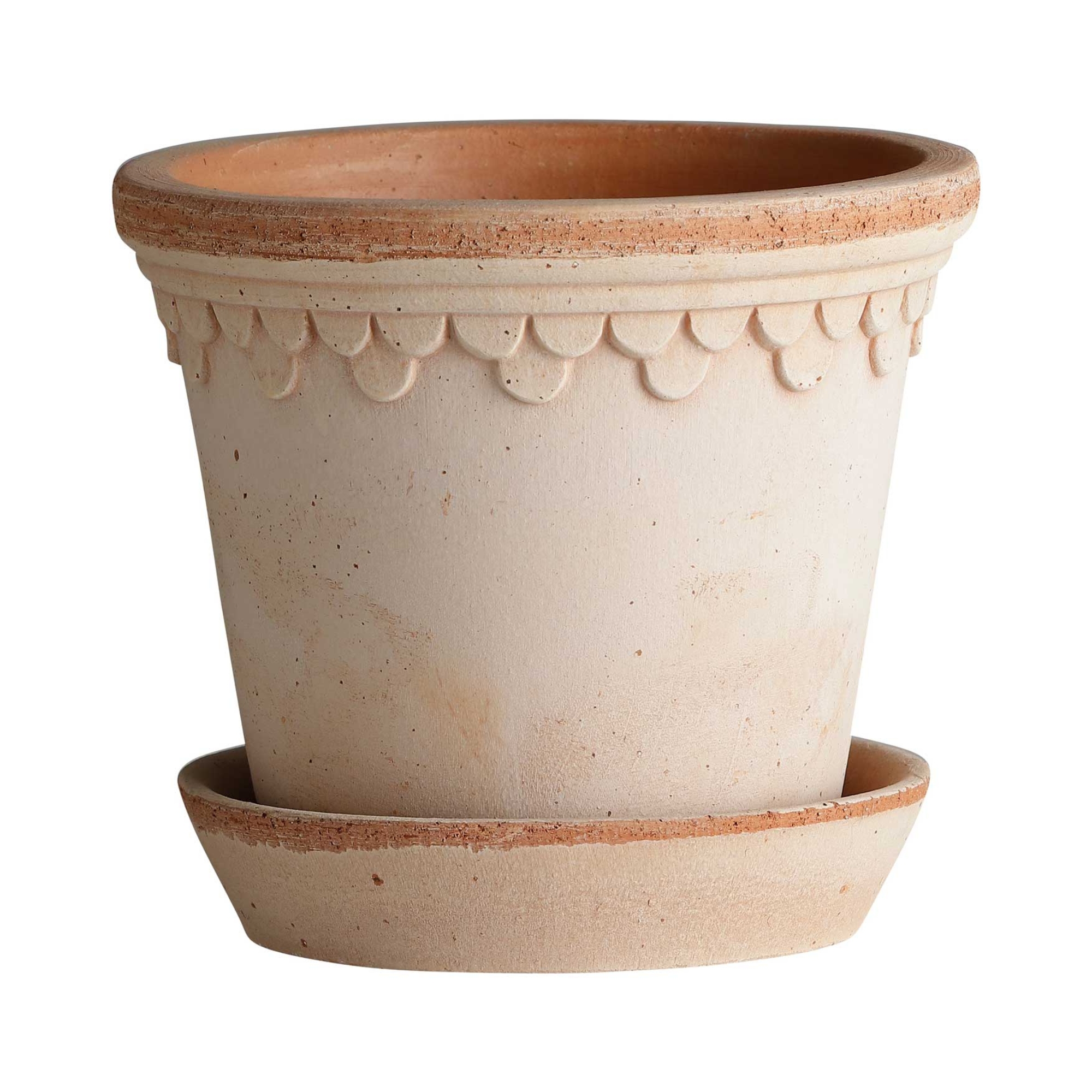
Made from Italian terracotta clay, these planters include drainage holes and come with saucers. They are available in five sizes and two stylish colors.
FAQs
Are Chinese money plants toxic to cats?
It's good news if you have a four-legged friend — Chinese money plants are considered non-toxic for both cats and dogs, as well as humans.
Why are the leaves of my Chinese money plant curling?
According to Autumn, underwatering a Chinese money plant can cause the leaves to curl or droop. Check the soil – if it feels dry, it's time to hydrate.
Why are the leaves of my Chinese money plant turning yellow?
"Too much direct sunlight can cause the leaves to burn or scorch," Autumn says. So, if yours is in a very bright spot, consider moving it somewhere more suitable.
Another common reason for yellow leaves is overwatering. Remember to let the soil dry out slightly before watering your plant, and ensure it's planted in well-draining soil, in a pot with a drainage hole. If the plant is severely waterlogged, it may be best to repot it into fresh, dry soil.
By following the advice above, you'll soon see Chinese money plants are easy houseplants to care for. If you fancy a bit more of a challenge and have enough space, perhaps consider adding a fiddle leaf fig to your indoor garden, too.
Join our newsletter
Get small space home decor ideas, celeb inspiration, DIY tips and more, straight to your inbox!

The garden was always a big part of Holly's life growing up, as was the surrounding New Forest, UK, where she lived. Her appreciation for the great outdoors has only grown since then; over the years, she's been an allotment keeper, a professional gardener, and a botanical illustrator. Having worked for Gardeningetc.com for two years, Holly now regularly writes about plants and outdoor living for Homes & Gardens. In her spare time, Holly loves visiting local English gardens and is particularly fond of relaxed cottage-garden schemes. She also loves prairie-style planting – the tapestry effect of grasses mixed with drought-tolerant blooms never ceases to delight her. Always happiest around plants, when she isn't swooning over gardens, she's looking after her ever-growing collection of houseplants and arranging seasonal flowers in her apartment to paint.
-
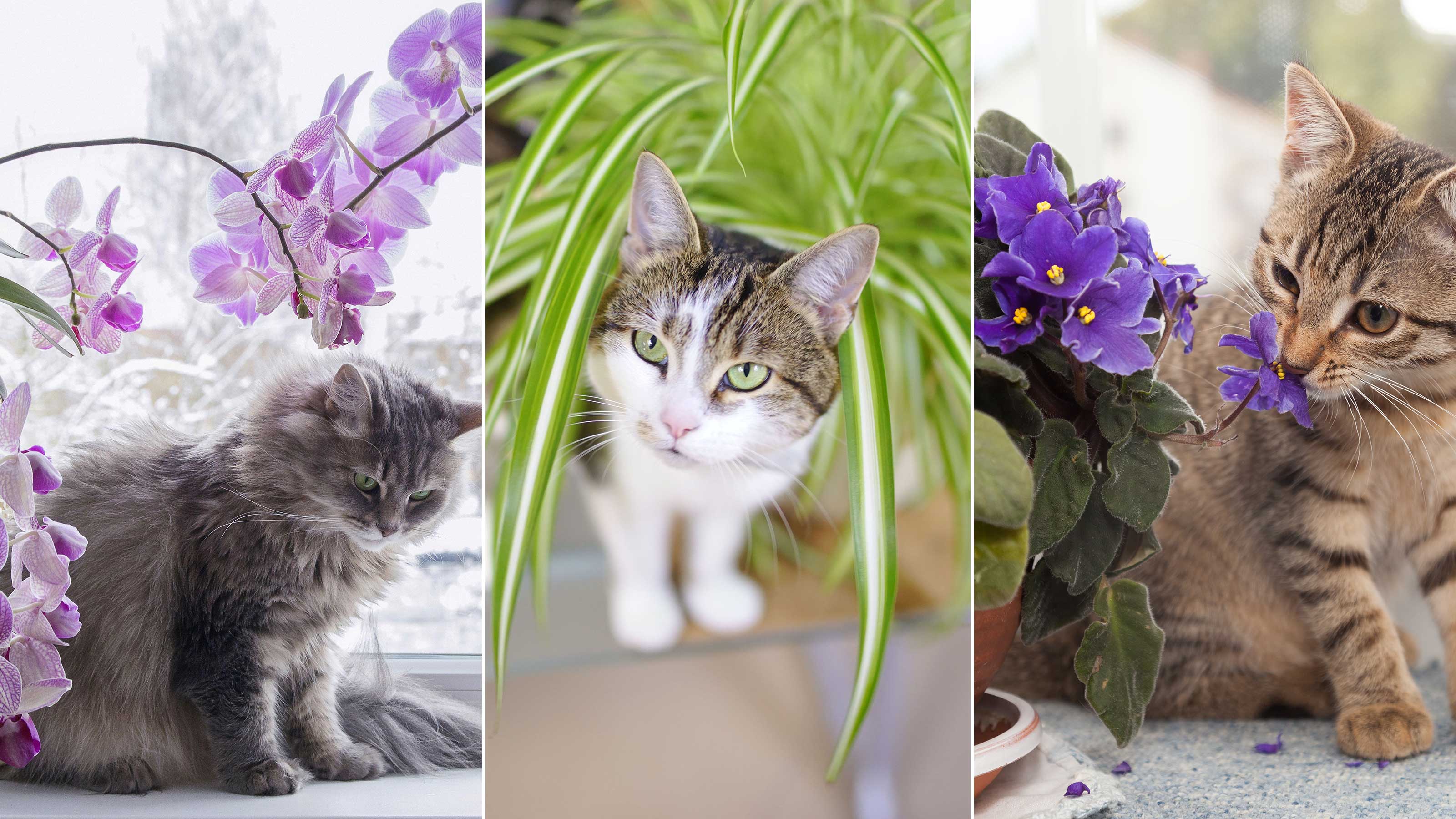 10 houseplants that are not toxic to cats — plus expert advice on keeping your pets safe
10 houseplants that are not toxic to cats — plus expert advice on keeping your pets safeKeep your four-legged companion safe by choosing these houseplants that are not toxic to cats, and learning the dangers of those that are, according to veterinary experts
By Holly Crossley
-
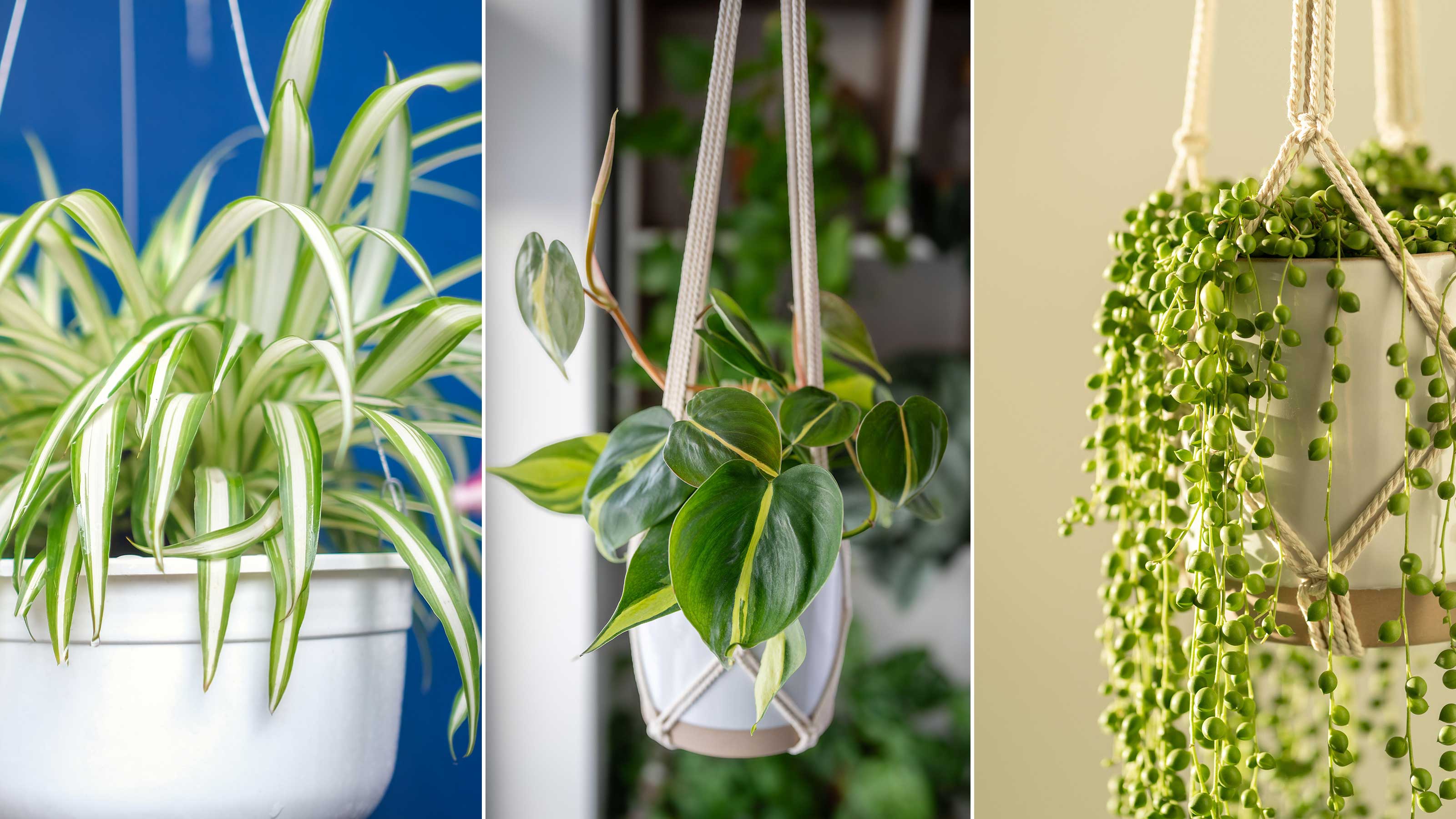 Best hanging basket houseplants — 10 leafy options for maximizing vertical space
Best hanging basket houseplants — 10 leafy options for maximizing vertical spaceDiscover the best hanging basket houseplants for elevating empty spaces in your home, as well as expert tips on how to keep them looking their best
By Holly Crossley
-
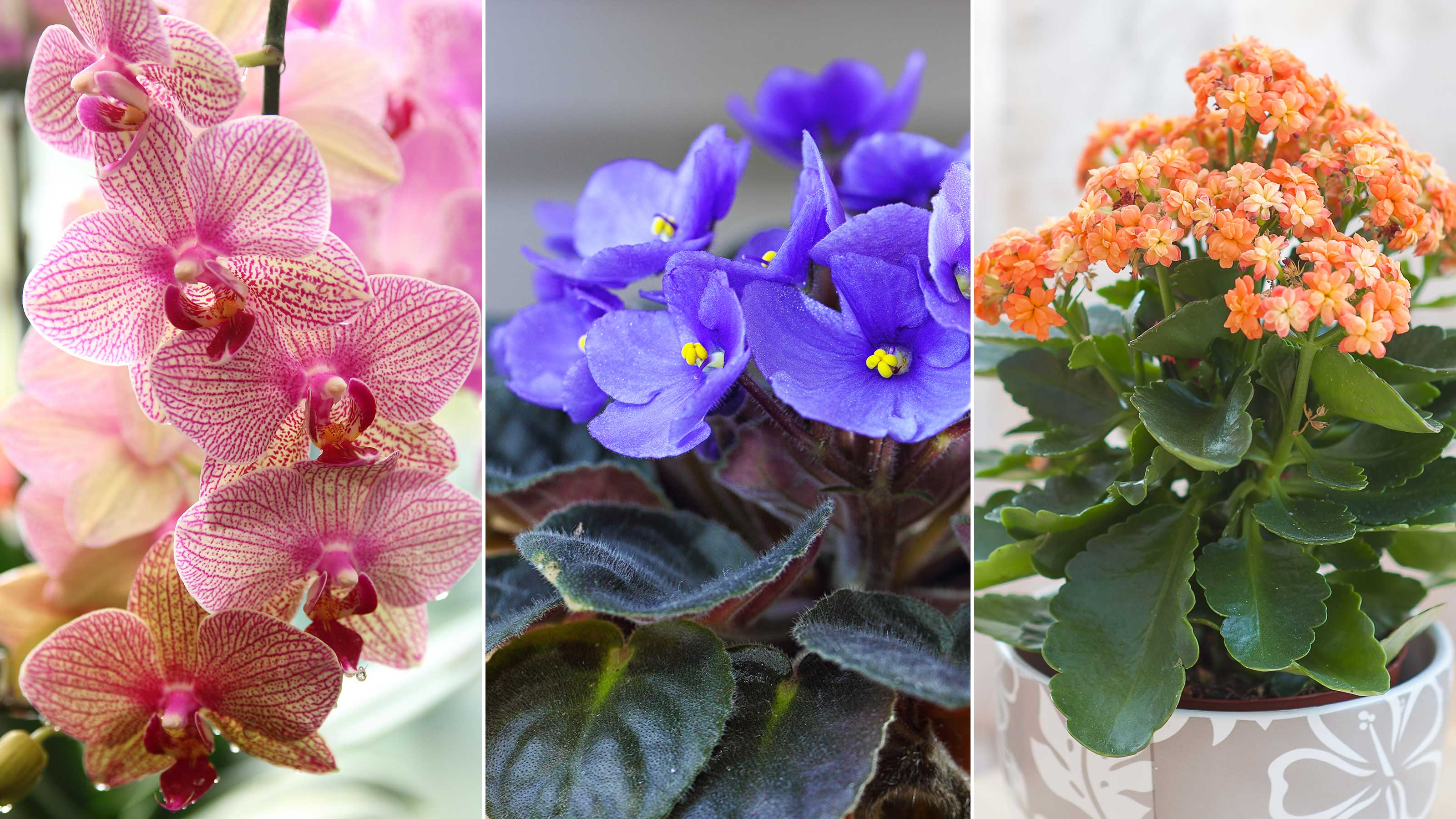 The 10 best indoor flowering houseplants to bring natural beauty to your space — including ones that blooms for months
The 10 best indoor flowering houseplants to bring natural beauty to your space — including ones that blooms for monthsThese are the best indoor flowering houseplants to beautify an interior scheme, plus expert advice on plant maintenance and styling
By Holly Crossley
-
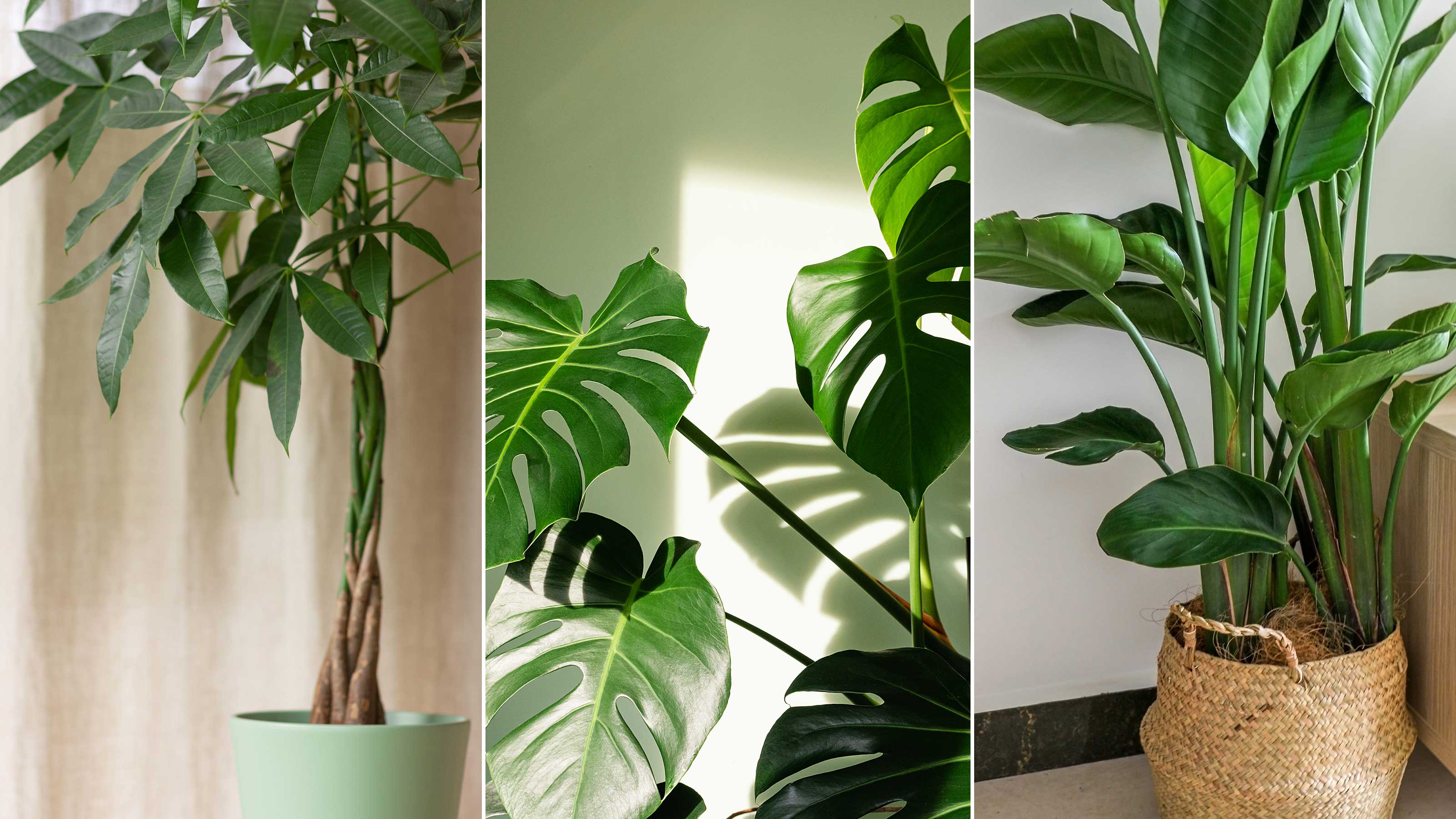 Best tall houseplants — 10 lofty options for indoor spaces
Best tall houseplants — 10 lofty options for indoor spacesThe experts reveal the best tall houseplants for a beautifully botanical interior scheme, plus practical tips on how to care for them
By Holly Crossley
-
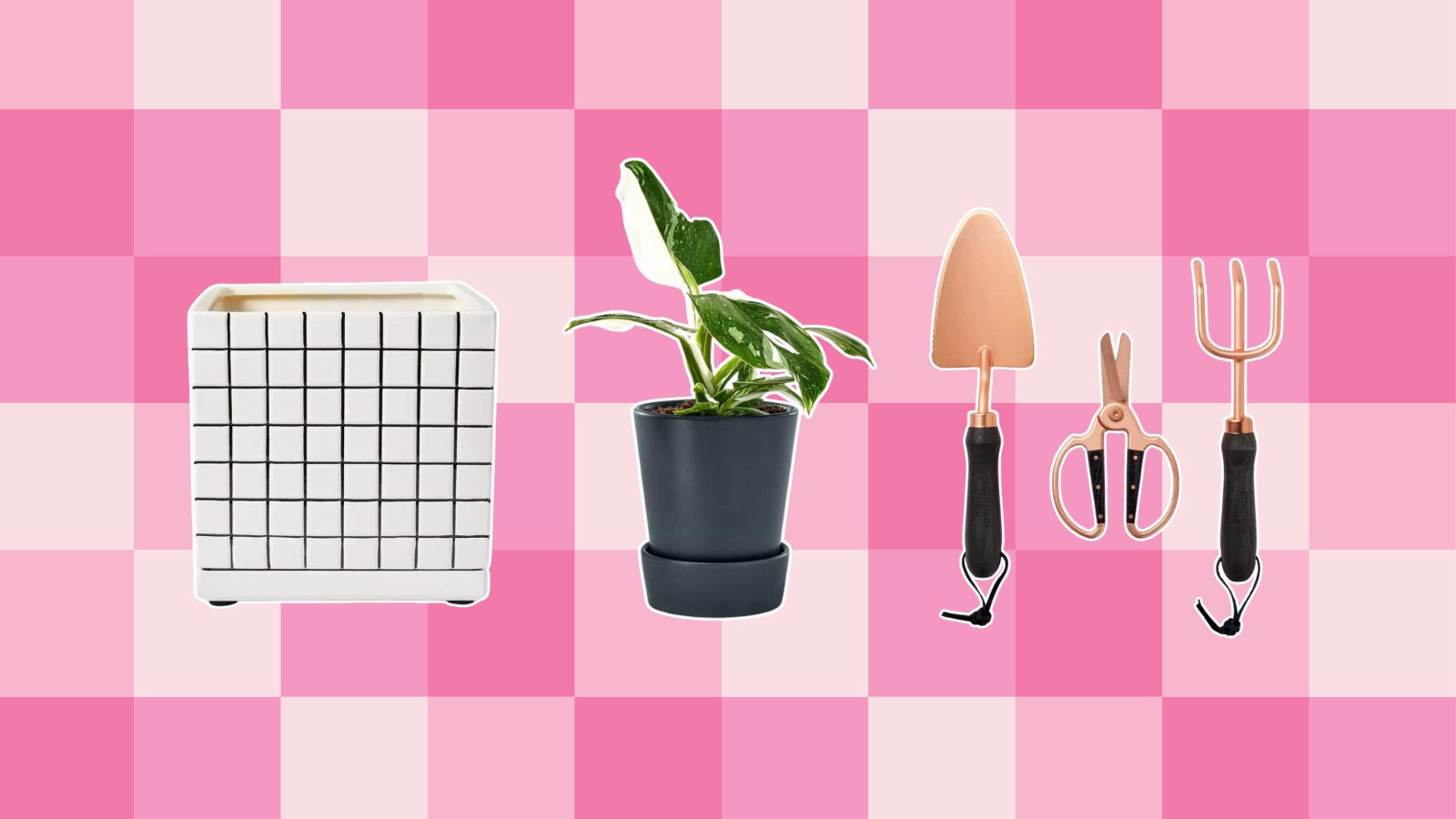 The new Hilton Carter Target line is every plant parent's dream — shop our favorite picks from $20
The new Hilton Carter Target line is every plant parent's dream — shop our favorite picks from $20The new Hilton Carter Target line is here and complete with live plants, cute decor, and handy tools. Shop our favorite picks from $20
By Danielle Valente
-
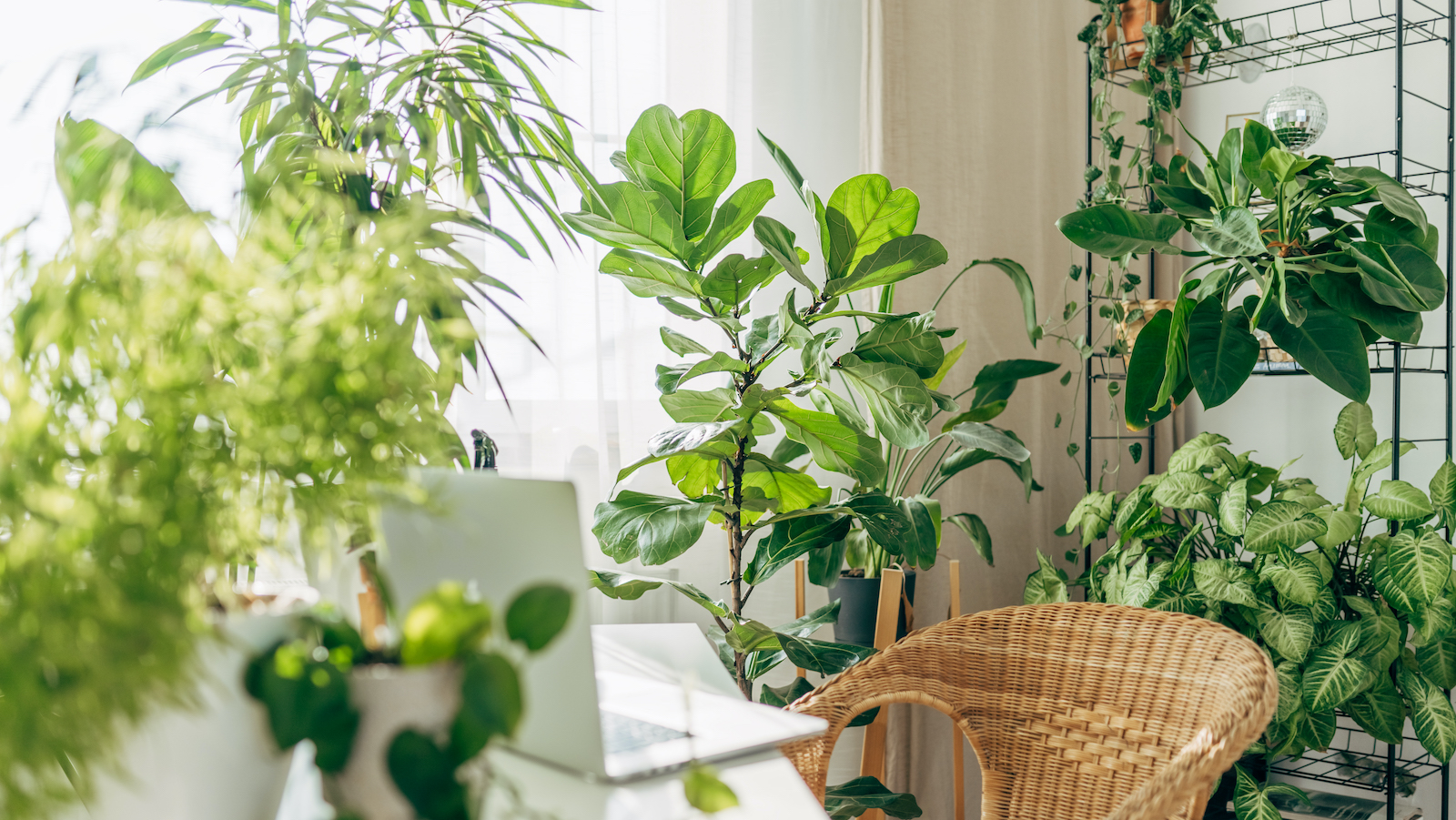 How to pollinate indoor plants — gardening experts spill their best tips
How to pollinate indoor plants — gardening experts spill their best tipsCurious how to pollinate indoor plants and when it is necessary? Let our gardening experts break it all down
By Danielle Valente
-
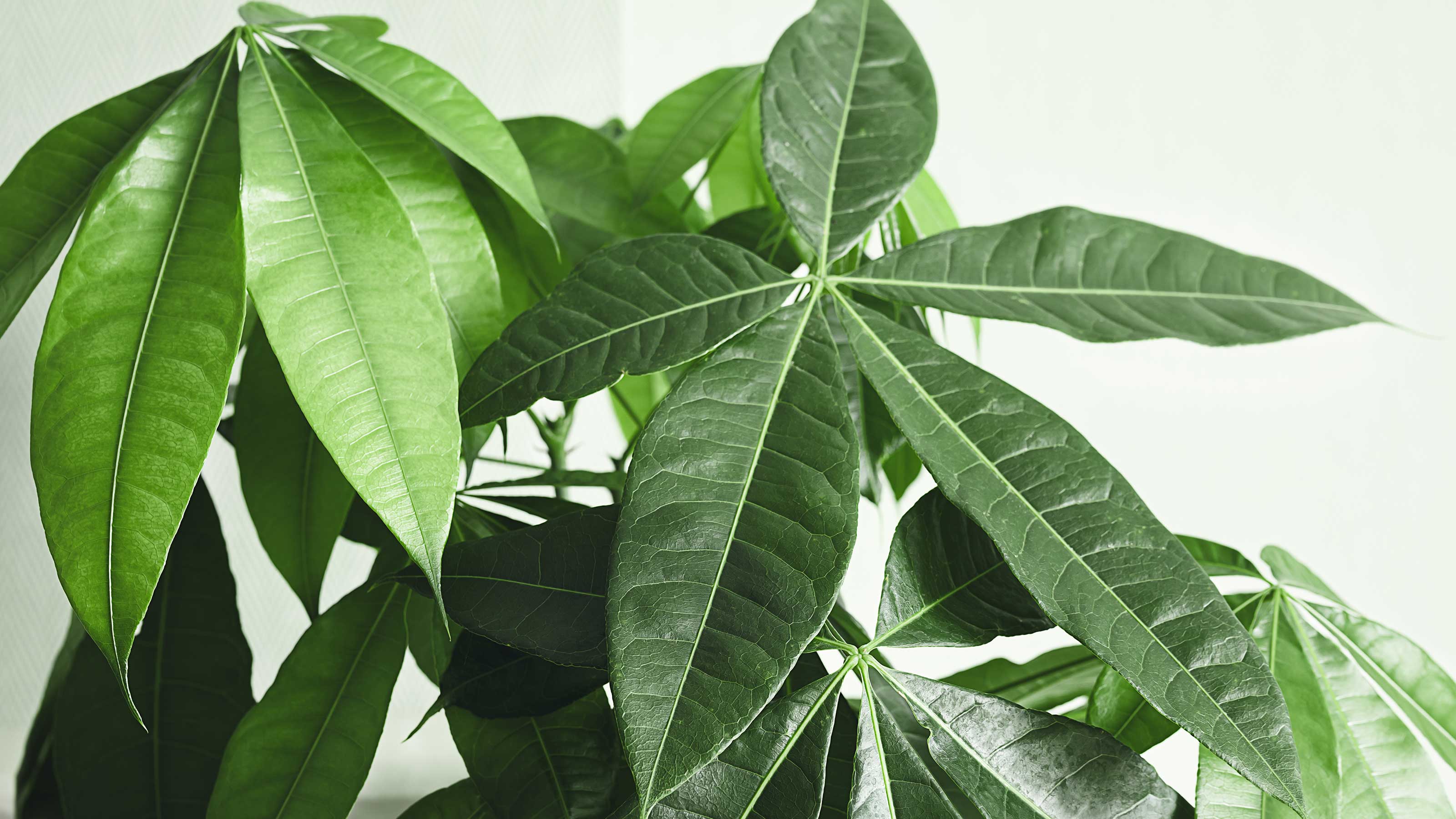 How to care for a money tree — 7 tips for thriving indoor plants
How to care for a money tree — 7 tips for thriving indoor plantsThe experts share top advice on how to care for a money tree, including practical tips for watering, soil type, and pest control
By Holly Crossley
-
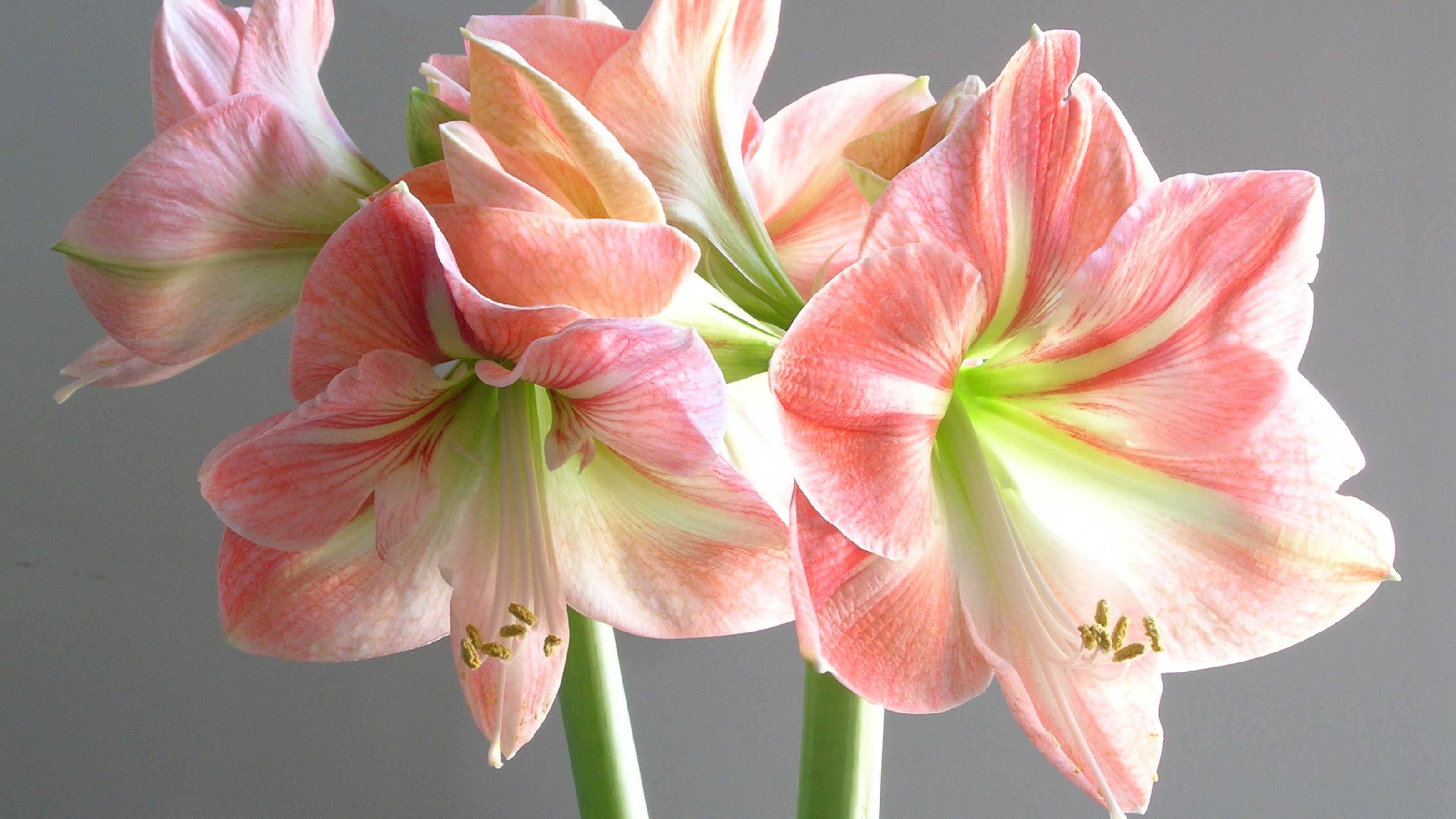 How to care for amaryllis — 9 tips for these fabulous flowering bulbs
How to care for amaryllis — 9 tips for these fabulous flowering bulbsLearn how to care for amaryllis with this practical guide, including expert-approved info on pruning, propagating, and whether you can move them outdoors
By Holly Crossley